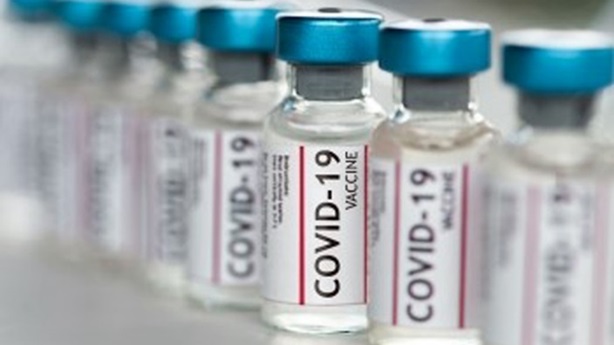By Wenting Zuo et al.
Source The lancet
Background
Growing evidence suggests that symptoms associated with post-COVID-19 condition (also known as long COVID) can affect multiple organs and systems in the human body, but their association with viral persistence is not clear. The aim of this study was to investigate the persistence of SARS-CoV-2 in diverse tissues at three timepoints following recovery from mild COVID-19, as well as its association with long COVID symptoms.
Methods
This single-centre, cross-sectional cohort study was done at China–Japan Friendship Hospital in Beijing, China, following the omicron wave of COVID-19 in December, 2022. Individuals with mild COVID-19 confirmed by PCR or a lateral flow test scheduled to undergo gastroscopy, surgery, or chemotherapy, or scheduled for treatment in hospital for other reasons, at 1 month, 2 months, or 4 months after infection were enrolled in this study. Residual surgical samples, gastroscopy samples, and blood samples were collected approximately 1 month (18–33 days), 2 months (55–84 days), or 4 months (115–134 days) after infection. SARS-CoV-2 was detected by digital droplet PCR and further confirmed through RNA in-situ hybridisation, immunofluorescence, and immunohistochemistry. Telephone follow-up was done at 4 months post-infection to assess the association between the persistence of SARS-CoV-2 RNA and long COVID symptoms.
Read more click here

